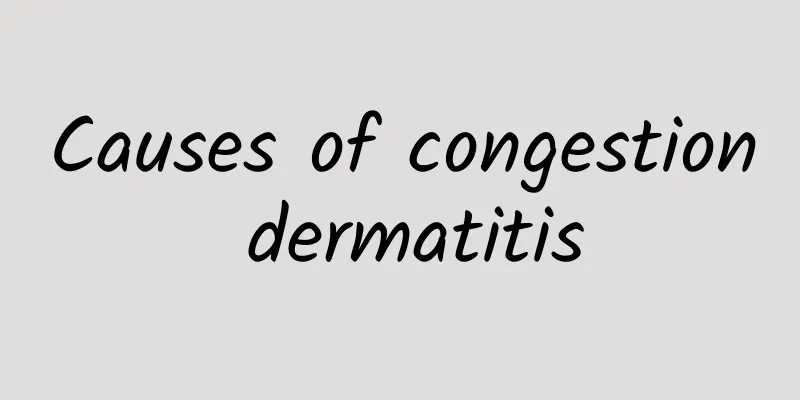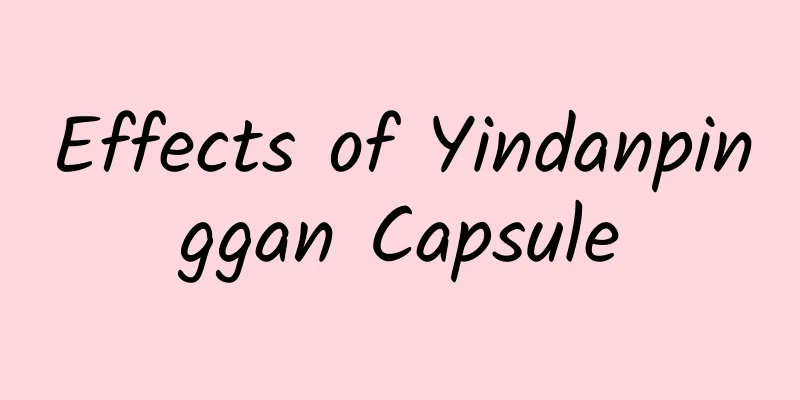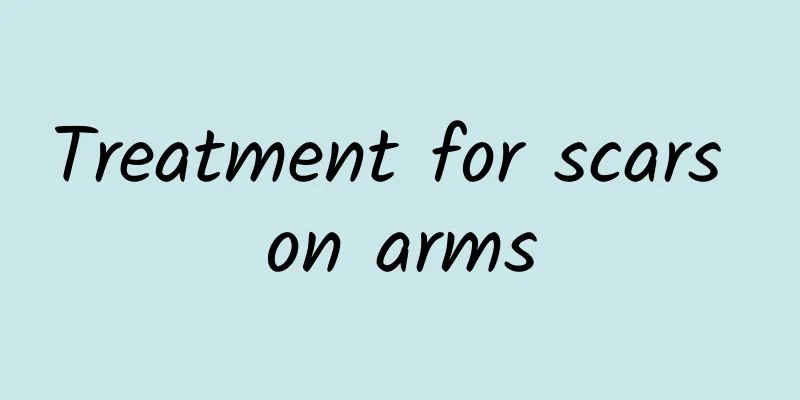Causes of congestion dermatitis

|
Congestion dermatitis is a relatively common skin disease, also known as stasis eczema or severe eczema. It often manifests as chronic flushing of the lower limbs, causing scaling, itching and swelling, and dark brown skin deposits. Such patients are prone to varicose veins and lower limb edema. Therefore, the harm is relatively large and must be treated promptly and effectively. Causes of congestion dermatitis The onset is related to varicose veins in the lower limbs. For people who stand for long periods of time, do heavy physical labor, or are pregnant with multiple pregnancies, pelvic varicose veins may be caused by congenital weak venous walls and venous valve defects, as well as venous occlusion following thrombophlebitis. Some believe that it is related to venous hypertension causing arteriovenous fistula or arteriovenous shunt in the affected area. Some people also believe that it is related to the increase in venous flow pressure, which causes local capillary dilation, widening of the gap between endothelial cells, and infiltration of fibrin into the interstitium. Fibrin forms a barrier around the capillaries, causing local skin tissue hypoxia and malnutrition. When varicose veins occur, venous return is blocked, blood flow slows down and flows backwards, causing venous congestion. The oxygen and nutrient content in the blood decreases, the capillary permeability increases, and fluid, protein, red blood cells, metabolic products, etc. penetrate into the tissues, forming edema. Slow blood flow induces infiltration of inflammatory cells. Chronic inflammation produces itching or abnormal sensation. The disease occurs due to stimulation such as scratching, friction or trauma. treat 1. General treatment must first control venous hypertension. Seek treatment as soon as possible, elevate the affected limb when resting, and avoid standing for long periods of time or heavy physical labor. For mild varicose veins, they can be bandaged with an elastic bandage. For severe cases, surgery to tie off or other treatments may be required. Be careful to avoid scratching, as scratching may cause secondary infection. 2. Systemic therapy includes taking oral antihistamines to relieve itching and taking Chinese medicine to promote blood circulation and remove blood stasis. Local infections can be controlled with antibiotics, such as penicillin, cephalosporins, or quinolones. 3. Local therapy should be treated according to the principles of local medication for eczema. Glucocorticoid ointment should be used in combination with moisturizing cream. If there is ulcer accompanied by infection, you can first use 1:8000 potassium permanganate solution or 0.1%-0.5% ethacridine (Refoninol) wet compress. After the secretion decreases, you can then use mupirocin (Bactroban) and other antibiotic ointments or surgical dressings. |
<<: What does Ophiopogon japonicus counteract?
>>: Causes of bloody tongue coating
Recommend
Can pregnant women drink Chaihu oral liquid?
Chaihu oral liquid is a medicine that can relieve...
The role of snow lotus
What are the functions of snow lotus? Let us firs...
What is the cause of the pain in the buttocks?
The private parts of our body are often neglected...
Eye bags pain lower eye socket pain
There are many possible reasons for eye bags and ...
Can people with gout eat deer meat?
In life, many people suffer from gout, which not ...
What causes green loose stools?
People cannot avoid dealing with diseases in life...
The role and efficacy of mugwort belly button patch
Many friends may be more familiar with mugwort in...
How to eat hibiscus flowers
Hibiscus flowers are generally pink, with relativ...
The first urine in the morning is foamy
After getting up every morning, the first thing p...
What is the diet menu after intestinal surgery?
Diseases are common in people's daily life an...
Effect of permanent right umbilical vein on the fetus
Permanent right umbilical vein is also called per...
What is the reason for red urine? Be careful of stones!
If the urine appears red, it means that there may...
How to treat spleen deficiency in children? These two methods are the most effective
Generally speaking, when parents arrange diet for...
What are the complications of gout? What are the hazards?
In addition to causing patients unbearable pain, ...
Why does my baby always drool? Pay attention to these things!
In daily life, many babies drool, especially in i...









